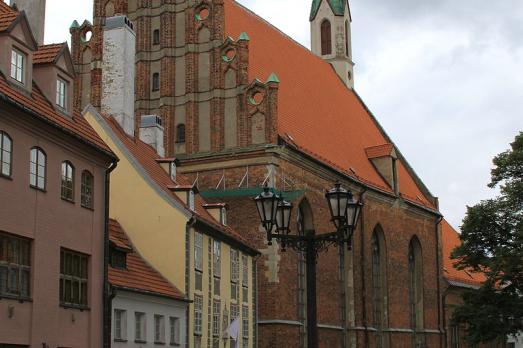
St. John's Church
Rīga, LV
St. John, built in the 13th century, is the oldest Evangelical Lutheran church of Riga. The building, a national monument, is rare in its late Gothic architecture. The church serves for worship but also as a concert hall.
Here you can search for a building to visit. You can use the map find destinations, or you can use the filters to search for a building based upon what different criteria.

Rīga, LV
St. John, built in the 13th century, is the oldest Evangelical Lutheran church of Riga. The building, a national monument, is rare in its late Gothic architecture. The church serves for worship but also as a concert hall.
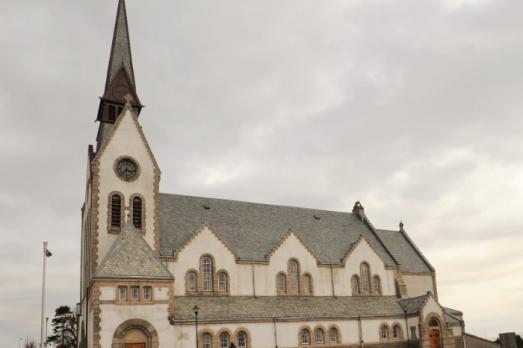
Stavanger, NO
St. John's Church was completed in 1909, designed by the architect Hans Jacob Sparre. The church was built in brick, with the use of cut granite as a joint element. The church is in the style of a long church, and the body of the building is completed by a powerful and wide tower. The church has a neo-Romanesque expression with a treatment of forms and surfaces characterised by the Art Nouveau style.
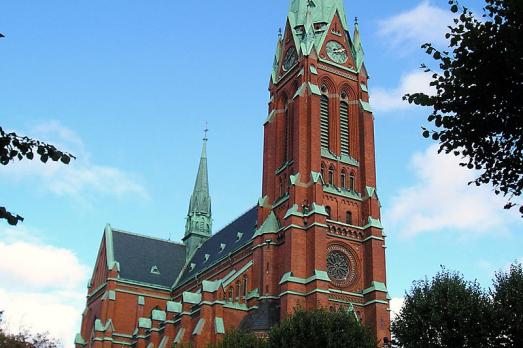
Stockholm, SE
St. John is a neo-Gothic church built in 1890 on an old parish site from the 13th century. The architect drew inspiration from Cologne Cathedral.
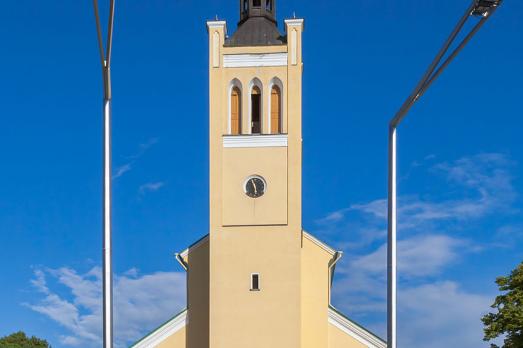
Tallinn, EE
St. John's Church in Tallinn is one of the oldest neo-Gothic churches in Estonia. The church was built between 1862 and 1867 and was designed by the architect Christoph August Gabler (1820-1884). At the end of the 1930s, during the construction of the War of Independence monument on Vabaduse Square, the church came close to destruction but was finally preserved by the city authorities. The author of the church's stained-glass windows is the artist Eva-Aet Jänes.
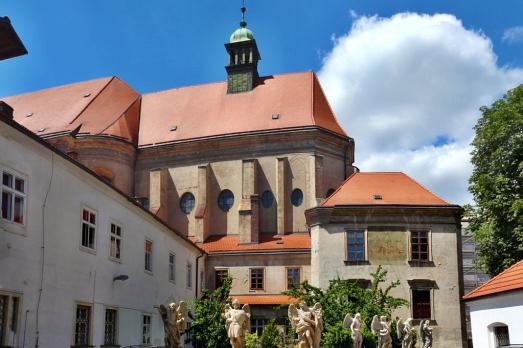
Brno, CZ
The Church of St. John the Baptist and John the Evangelist, commonly called the St. Johns' Church, is a Roman Catholic church built in the 13th century as part of a Minorite Monastery. The monastery complex, with the church and the Loreto chapel, is a listed cultural monument of the Czech Republic since 1958.
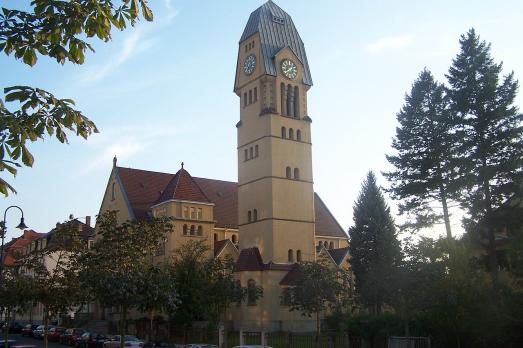
Dresden, DE
The St. Josef church is a Catholic church dedicated in 1910. After the air raids on Dresden in 1945, the church was partially destroyed and the reconstruction completed in 1950. From 1970 to 1978, the architect Hubert Paul then rebuilt the church.
Muhlhausen/Thuringen, DE
The Bonifatiuskirche am Blobach, inaugurated in 1851, had soon become too small due to the growing community, so that a church building association was founded in 1884, which had set itself the goal of building a new church. The church community imposed a voluntary church tax, the Catholic association "Constantia" formed its own fund. The then pastor Dechant Heinrich Gleitz, who presided over the parish between 1886 and 1915, made a special contribution to the construction of the church. In 1900, the parish acquired the building site on Waidstrabe. The executive architect, the Paderborn diocesan builder Arnold Guldenpfennig, had completed his building plans for the construction of a three-nave hall church with transverse house and final choir at the end of 1902 and handed them over to the municipality. Thus, on the 14th July 1903 the foundation stone was laid. As early as 1905, the congregation was able to use the church for divine services. The completion of the interior design took place in the following years. The Paderborn bishop, Muhlhausen, belonged to the diocese of Paderborn at the time, Dr. Wilhelm Schneider, concreshed the church on the 5th August 1907. She received the patronage of St. Joseph. The neo-Gothic church construction incorporates the medieval church building tradition of the city of Muhlhausen. At the same time as the church was built, the rectory and the Kaplanei were built. All three buildings are built from the local travertine stone. In 1962 and 2001, renovation work was carried out, each of which also had a great influence on the interior design.
Le Havre, FR
The first church of St. Joseph, dating from 1873, was destroyed during the bombings of September 5, 1944. The new parish church, dedicated to the memory of the victims of these bombings, was built by Auguste Perret, chief architect in charge of rebuilding Le Havre, and Raymond Audigier, architect from Le Havre. Begun in 1951, the shell of the church was completed in 1957, three years after Perret's death. The church was consecrated in 1964. Made of reinforced concrete and designed on a plan based on square modules, the building is topped by a 107-metre high tower, the city's spiritual beacon. The glass roofs of this tower, with its symbolic colours, by the master glassmaker Marguerite Huré, are installed by Freret and Garel du Havre. The sculptures are the work of Guy Verdoya.
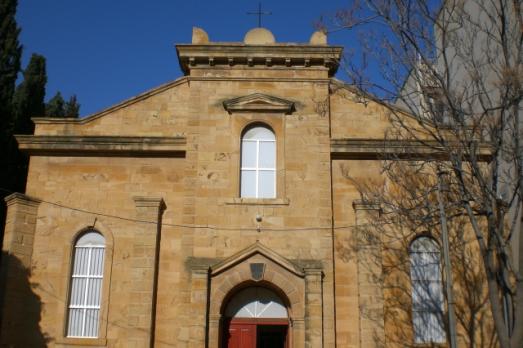
Alexandroupoli, GR
St. Joseph's Church, built in 1901, is the Catholic Church of Alexandroupolis. At the end of the 19th century, Catholicism was one of the many denominations in this remarkably diverse city. The city's Catholic community consisted mainly of employees of the consulates established in the new port, but also of traders and businessmen from the West who came here to work with the East. It is a three-nave, carved stone parish church with two rows of green marble columns and rich decoration. It is the only Catholic church in Western Thrace. Thanks to its excellent acoustics and since its renovation in 2006, it often hosts cultural events of a religious nature.

Brno, CZ
St. Joseph's Church was originally a Roman Catholic church, part of a Franciscan monastery and, later, a monastery of Angelines. Its relatively austere Baroque building dates from 1651-1653. After the abolition of the monastery in 1782, it became a parish church. In 2009, the Greek Catholic Church recovered the church.

new
Nestled amidst the serene landscapes of the Harz region, lies a hidden gem for nature enthusiasts and history buffs alike - the Harz Monastery Hiking Trail. Lace up your hiking boots and embark on this captivating adventure that will transport you back in time.

The Holy Mile (Miglio Sacro) of Naples is a one-mile-long itinerary, through sacred places linked to the city's patron saint, San Gennaro, in the Rione Sanità district. Discover the city from a new perspective with this unique walking tour.

As a university city, cultural offerings abound in Tartu and will reach their peak after being designated one of three European Capitals of Culture for 2024. In this list, we've compiled the most interesting sacred places to visit in and around the old town.